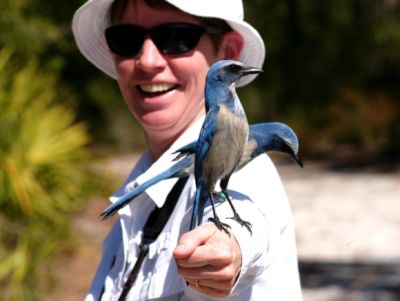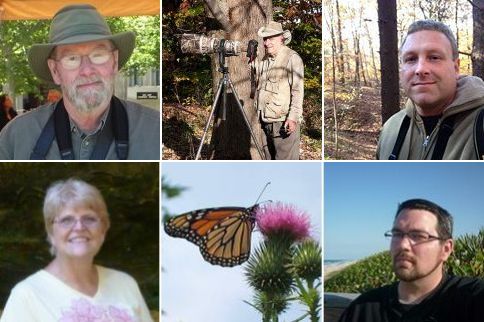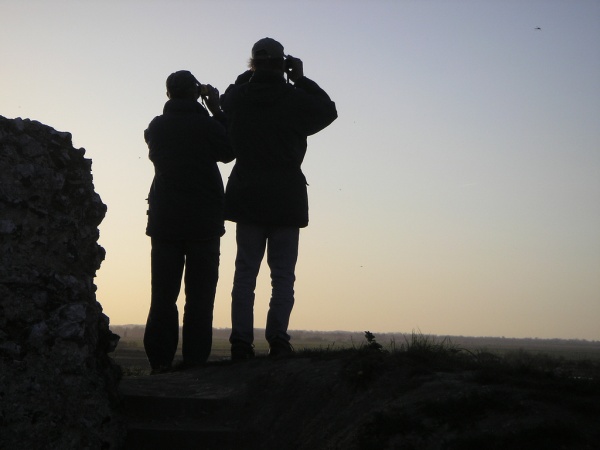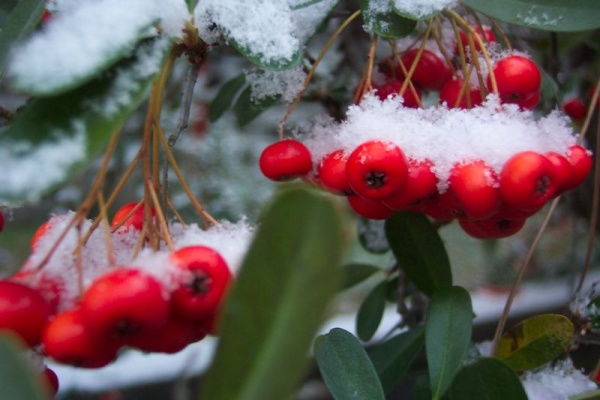
Are you curious about the snowy owls visiting us this winter? Would you like to know who the owls are and where they’re going? So would a team of scientists. They’re going to find out and you can help.
This winter’s snowy owl irruption is so huge that by December ornithologists and wildlife managers realized they had a golden opportunity to find the answers to many questions: How old are the owls? What sex are they? Have they been exposed to toxins? Where are they going?
Thus was born Project SNOWstorm, a collaboration of 18 scientists and 13 organizations. The project tags snowy owls, collects data on their age, sex, and blood toxins (if any), and maps their movements via satellite. The project also collects location-specific photos of snowy owls from anyone who wants to help.
So far Project SNOWstorm has tagged two owls, one at Buena Vista, Wisconsin, the other at Assateague, Maryland. As soon as each owl was released his tag began transmitting at regular intervals. Their location data is continuously collected, then mapped to make a picture of the owls’ movements.
With only two tagged owls we can already see two different approaches. “Buena Vista” never moves far from his favorite winter territory (click here for his late December map). “Assateague,” on the other hand, loves to wander and has visited three states in only two weeks! (Click here for Assateague’s map).
You can help Project SNOWstorm in two ways. If you take pictures of snowy owls this winter, you can submit them to the project to add to their database.
Better yet, help buy more transmitters and tag more owls by making a tax deductible contribution to Project SNOWstorm via the Indiegogo website.
Click here to see a video about Project SNOWstorm and contribute via Indiegogo.
(photo by Kim Steininger)
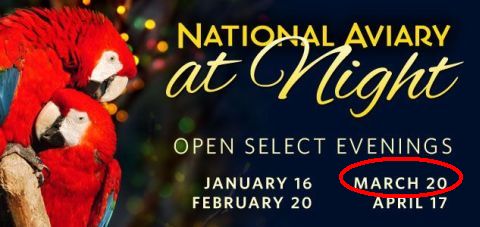

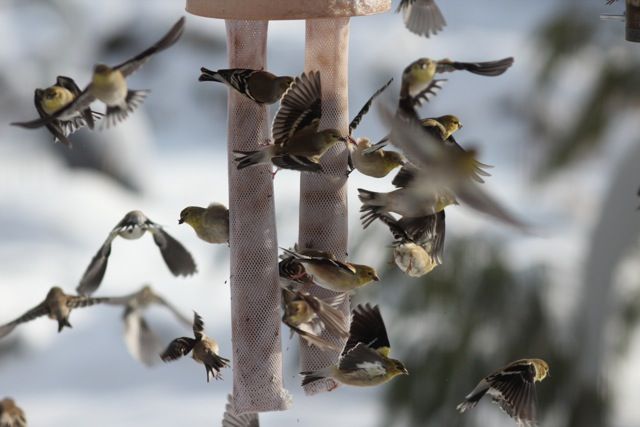
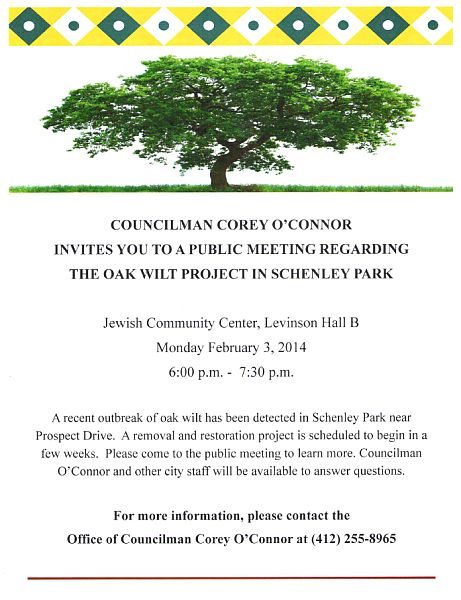
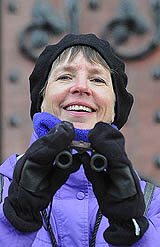 One week from today on January 30 at 7:30pm, WQED’s
One week from today on January 30 at 7:30pm, WQED’s 

